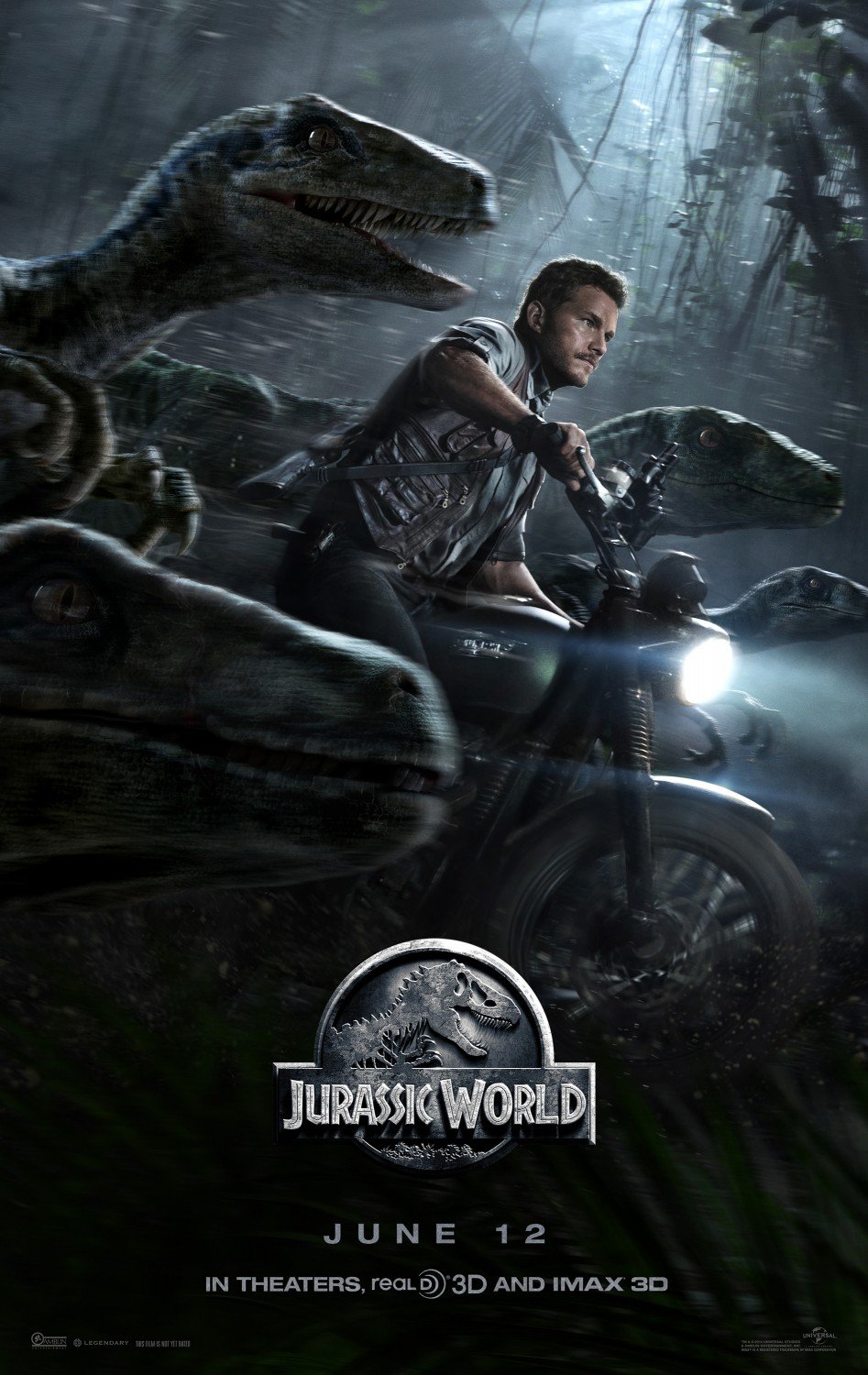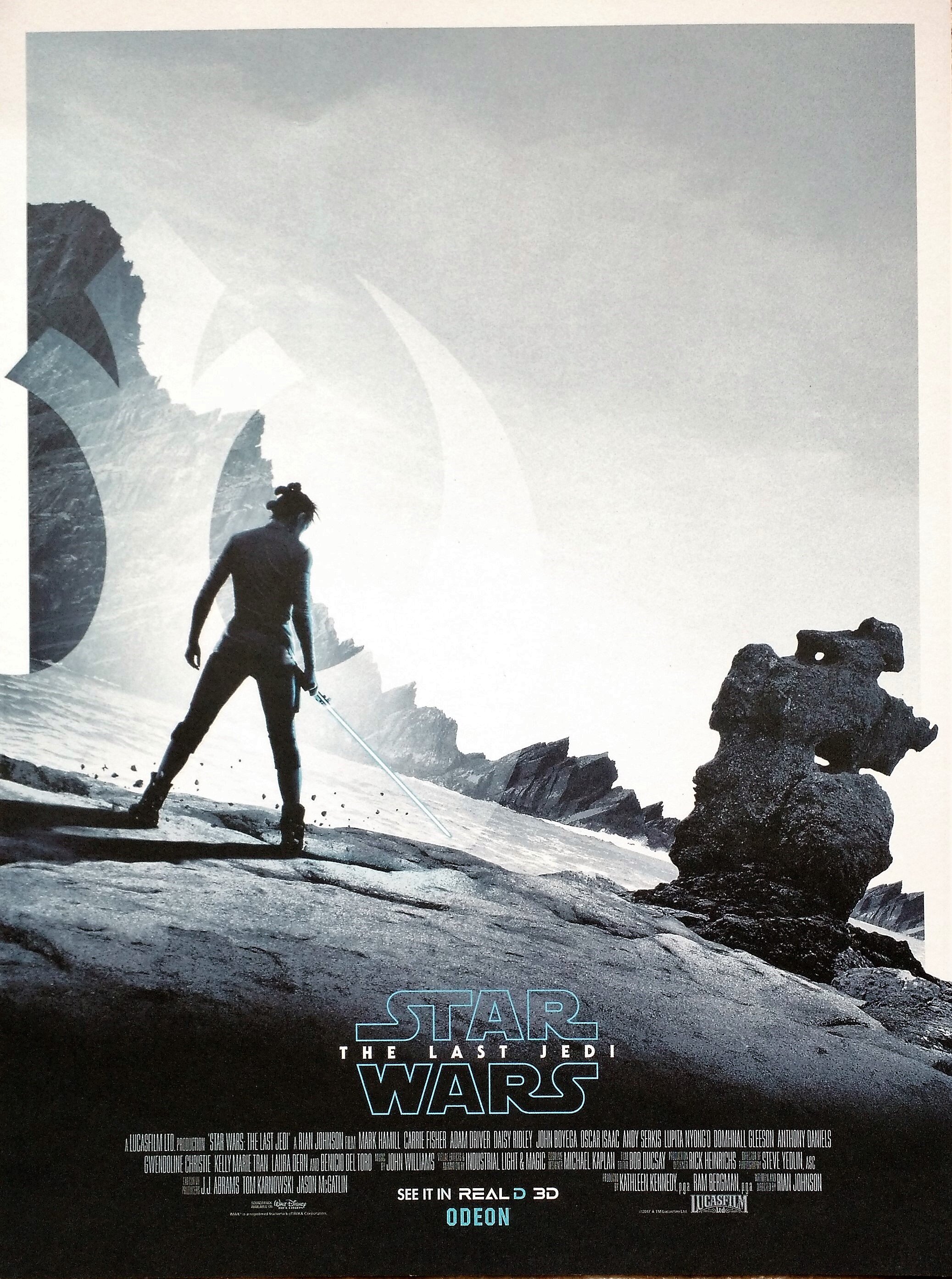When a graduate student of Stephen Jay Gould went to the movies to watch Steven Spielberg’s blockbuster tentpole Jurassic Park in 1993, he lamented that the animals depicted in the movie – in particular the Velociraptor, called raptors – were “the same old, ordinary, dinosaur shit-green” (Gould 1996: 230). When Gould reported his student’s colourful impressions in a studious review of the movie, he duly noted that Spielberg tried to experiment “in early plans and models” with the “bright colors” you would expect in a birdlike animal evolutionarily closer to birds than lizards and other reptiles. However, in the end the production team decided to revert to dull, dated, and monochromatic reptilian hues (Gould 1996: 230). They had already renounced the hissing serpent-like tongue for the raptors featured in the first shooting tests for the kitchen attack sequence – and that was quite enough, thank you very much.
Read moreThe End of the (Jurassic) World
Cadillacs and Dinosaurs!? Nope, wrong franchise. Jurassic World release poster (2015). © Universal Studios and Amblin Entertainment, Inc. Source: IMP.








